
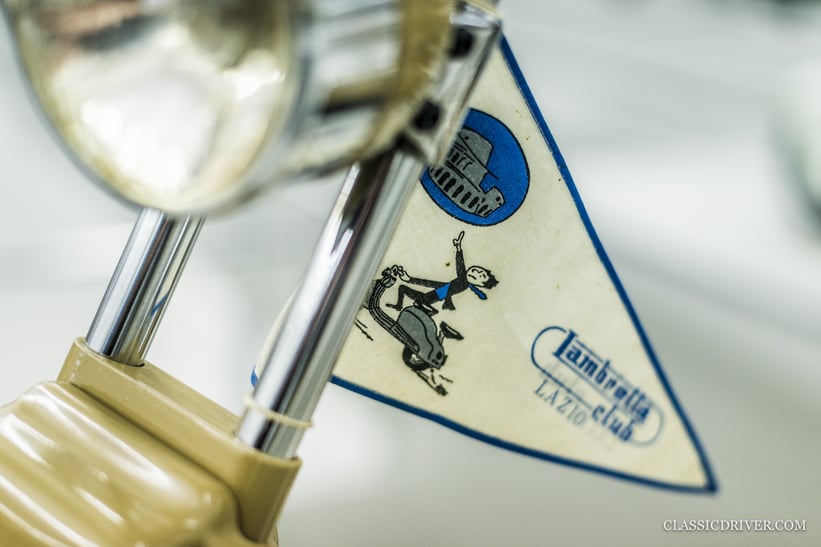
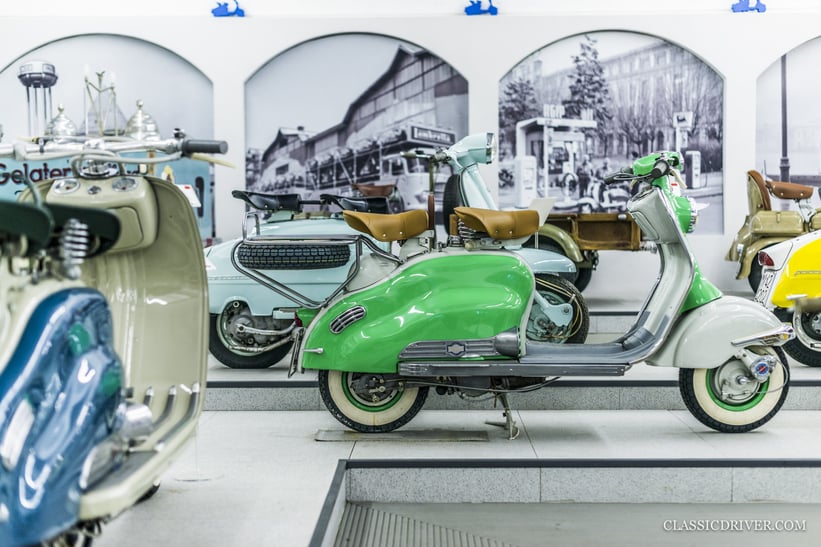
For over 40 years, Vittorio Tessera has been carefully curating an unrivalled collection of around 160 scooters, of which most bear the famous Lambretta emblem. His passion for these two-wheeled automotive terriers was kindled in the 1960s, when his father, a pharmacist, bought a humble 50cc Laverda scooter for home-delivery services. “It broke down so often that dad had to retire it from service,” recalls Tessera, fondly. “But instead of throwing it away, he brought it to our mountain house for me and my brother to play with. We spent days running around with that little thing — from then on I was hooked.”
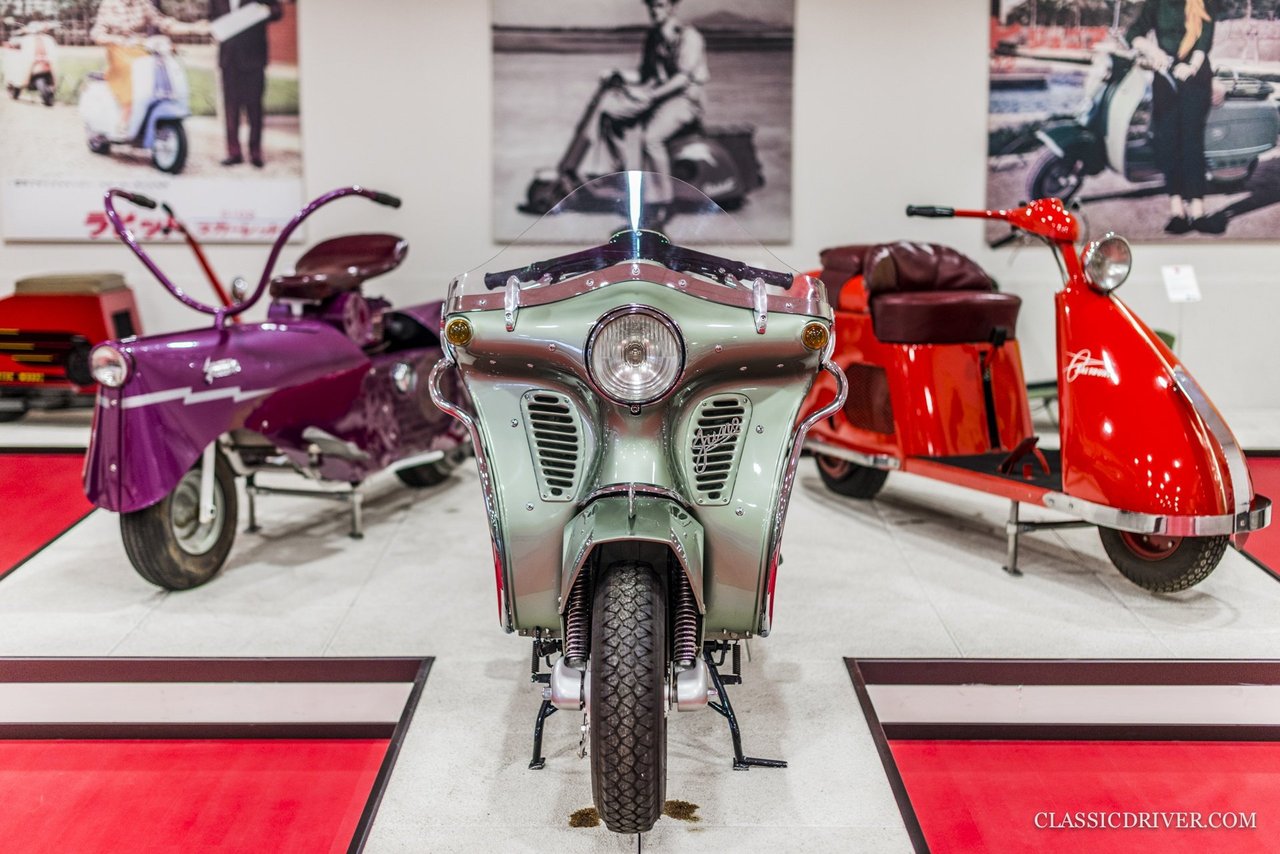

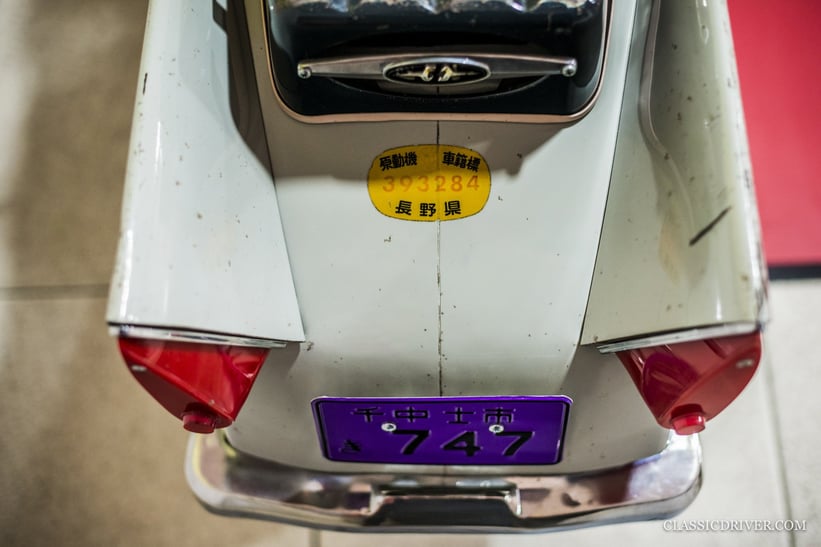
Several years later, when he was an impressionable teenager, Tessera bought his very first scooter, a Lambretta 125 LD from 1953. And that’s when it dawned on him that there were very few people in Italy at that time who were interested in and wanted to collect these old bikes. “In 1981, I formed a club, with the aim of providing a place where I could talk about my passion and listen to others doing the same,” he explains. “I thought I’d be alone, but how wrong I was. Today, we’re over 3,000 members strong, which surprises me given you hardly ever see vintage Lambrettas being ridden in Italy.” He actually commends British enthusiasts, who tend to get out and use their scooters much more often.
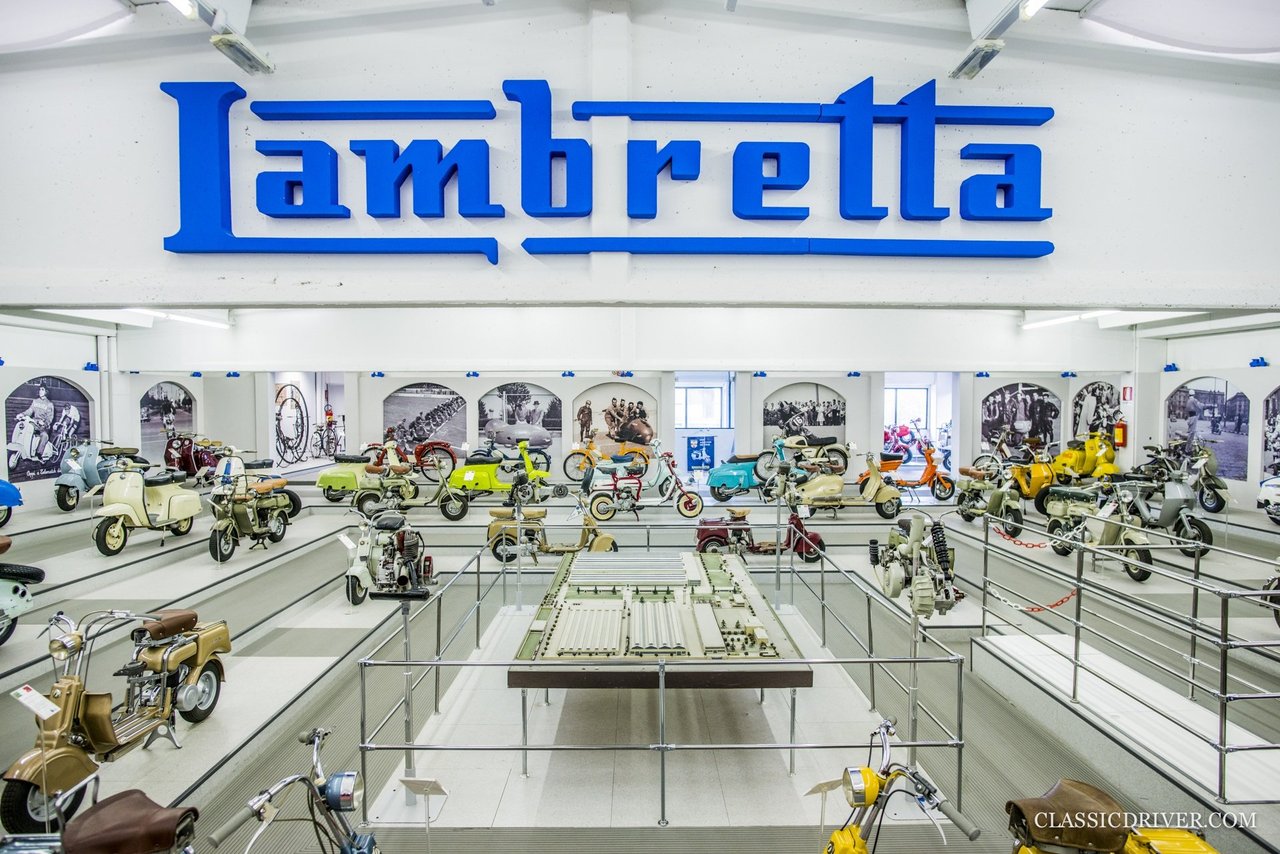

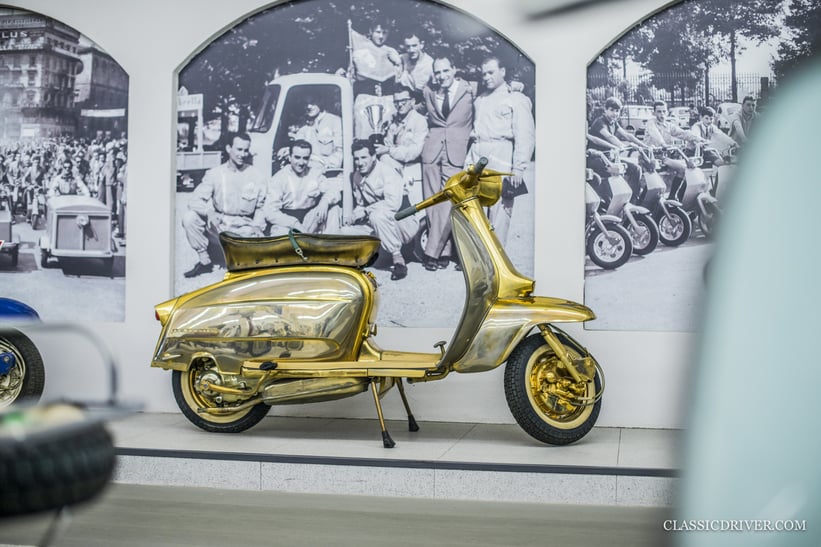
The collection itself began with Italian scooters, namely Lambrettas and Vespas, until the 1990s, when Tessera began sourcing foreign models. With little established literature on the subject, he first relied on elders and a 10-volume motorcycle encyclopaedia published by an Italian magazine for information.
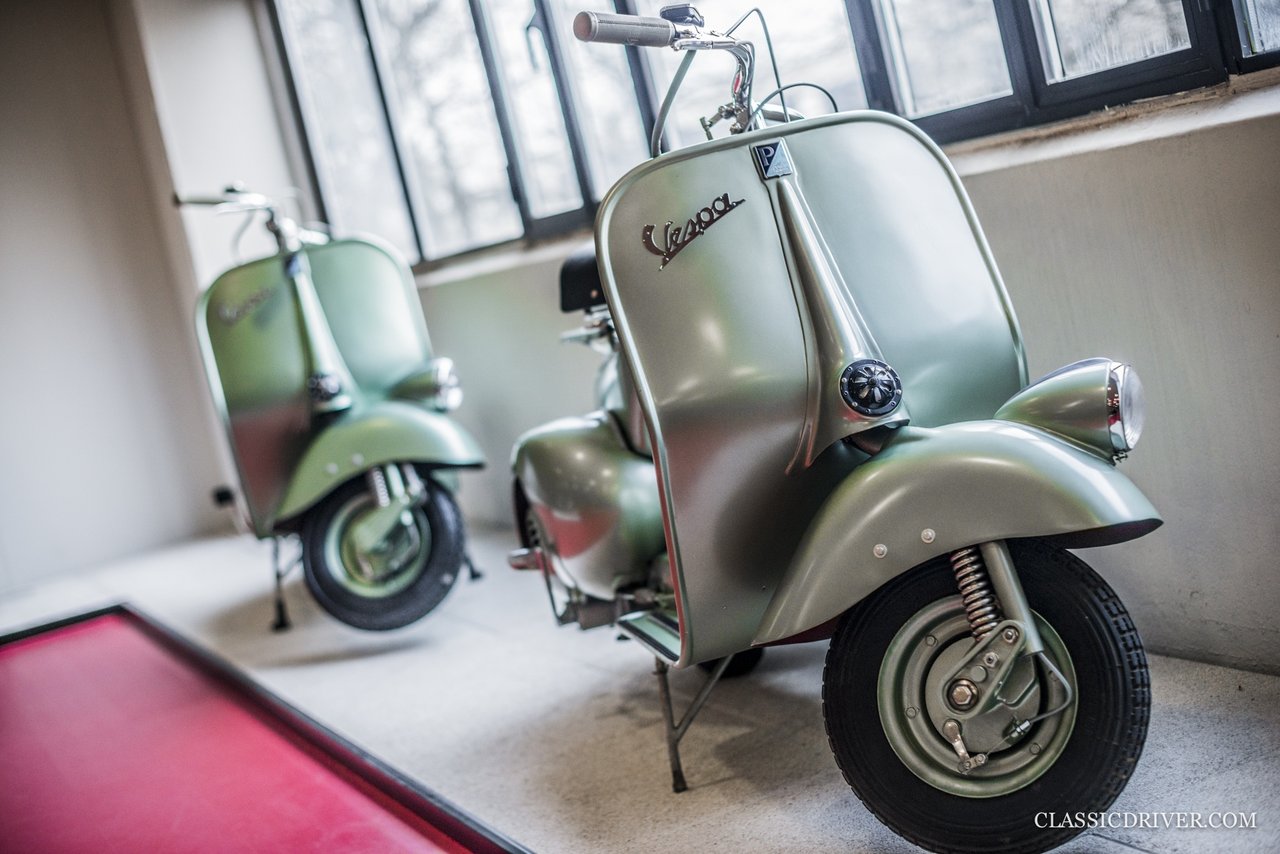

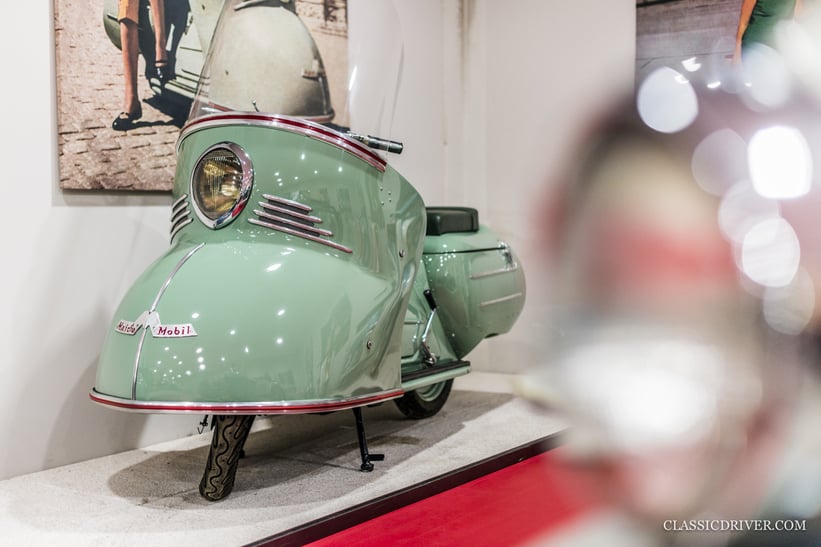
When books about scooters from around the world began to be published, however, Tessera was exposed to a whole new world. “I simply followed the books,” he says. “One of the first was about British scooters, so I decided to buy British scooters. The next was about Japanese scooters, so I decided to buy Japanese scooters. Before the internet, collecting was much more difficult — I really had to hunt for every single bike.” This also equipped him with the knowledge to found his own business repairing and restoring old scooters.
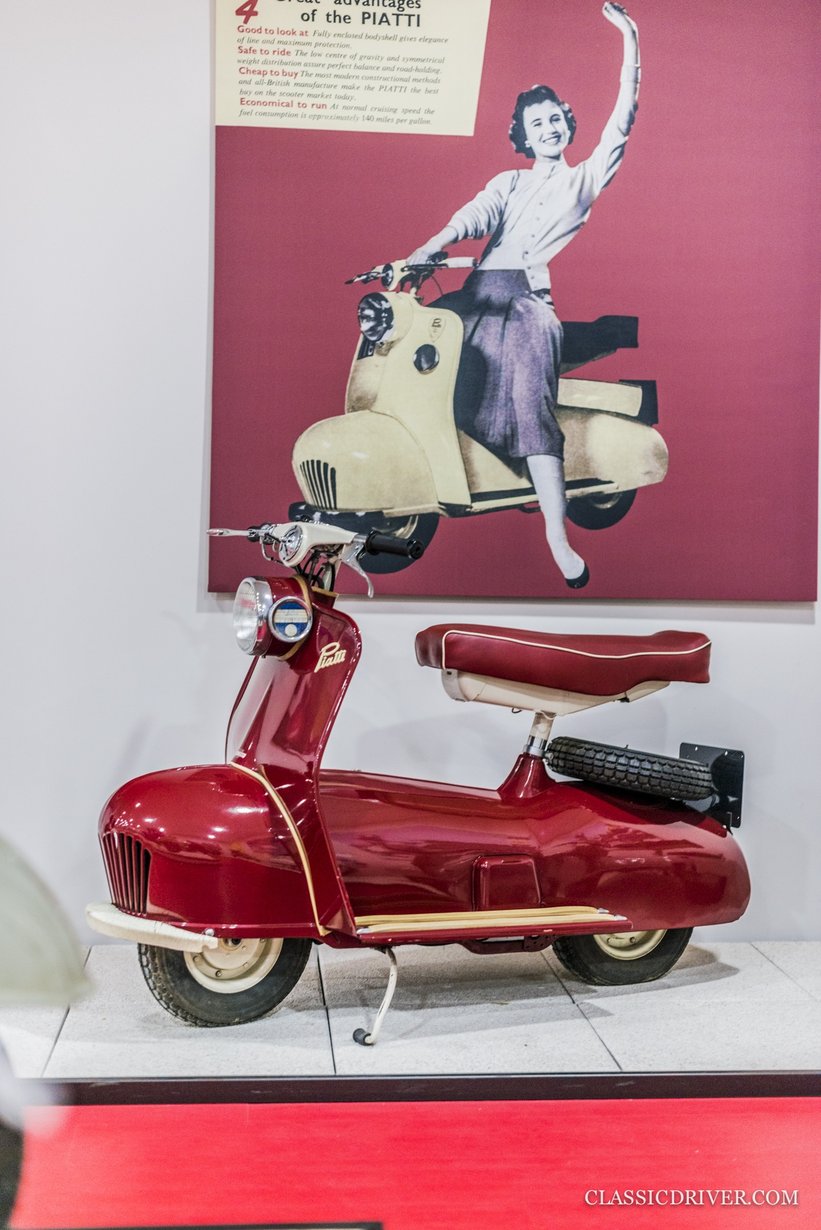
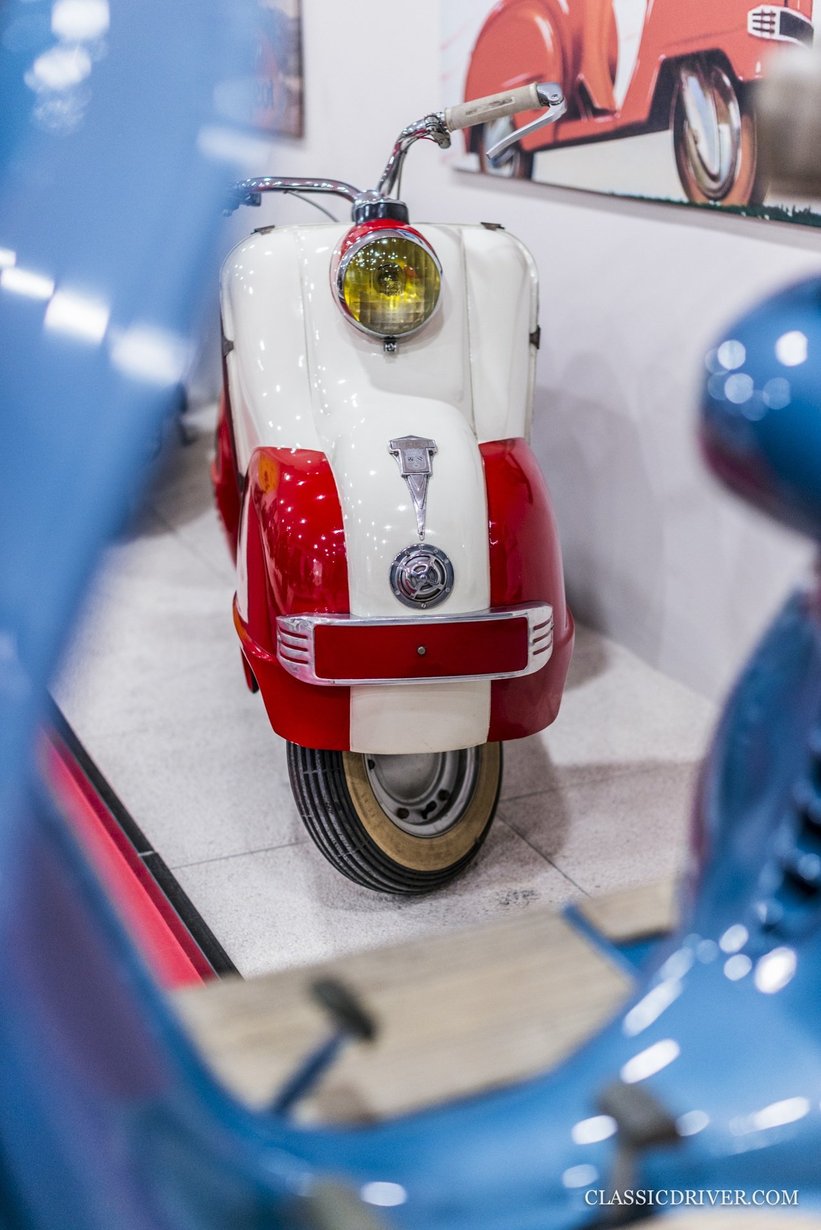
Needless to say, Tessera built up quite the network along the way and claims that he’s always getting calls from people offering him rare scooters they have discovered. Standout examples in the collection include a Vespa 98, the first scooter produced in Italy; a Nibbio 98, the first scooter built in Lombardy; and one of just two British-built 1950s Oscars, one of the first bikes with a glass-fibre body.
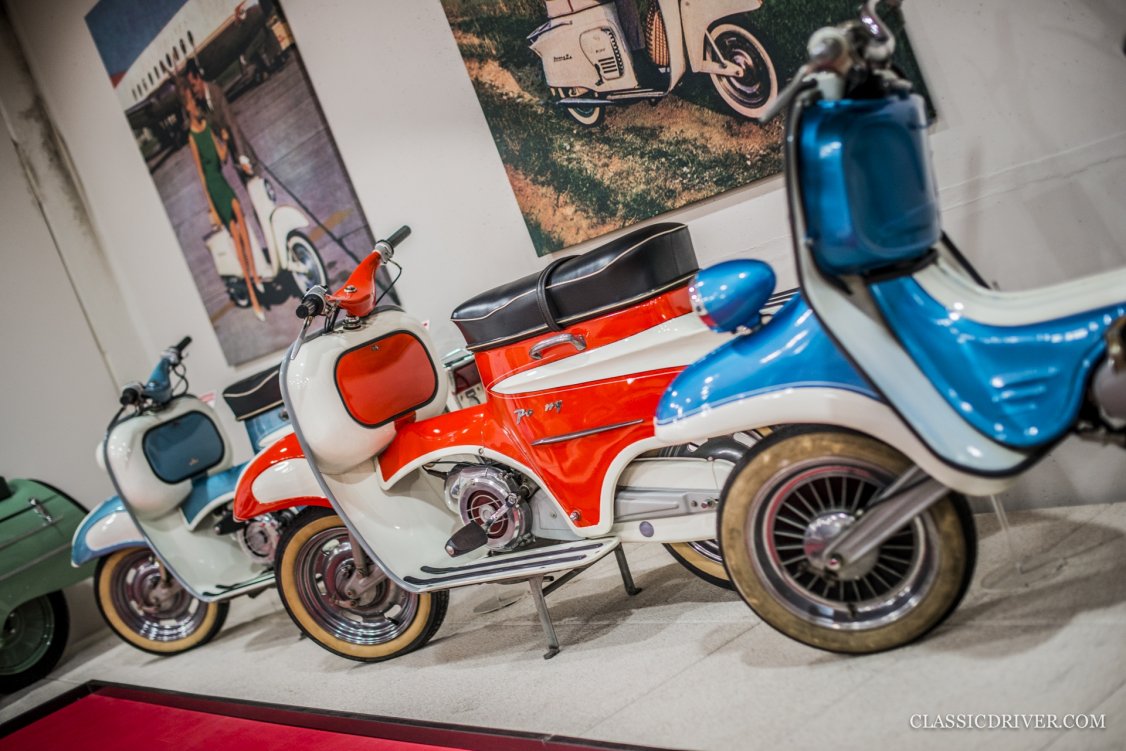
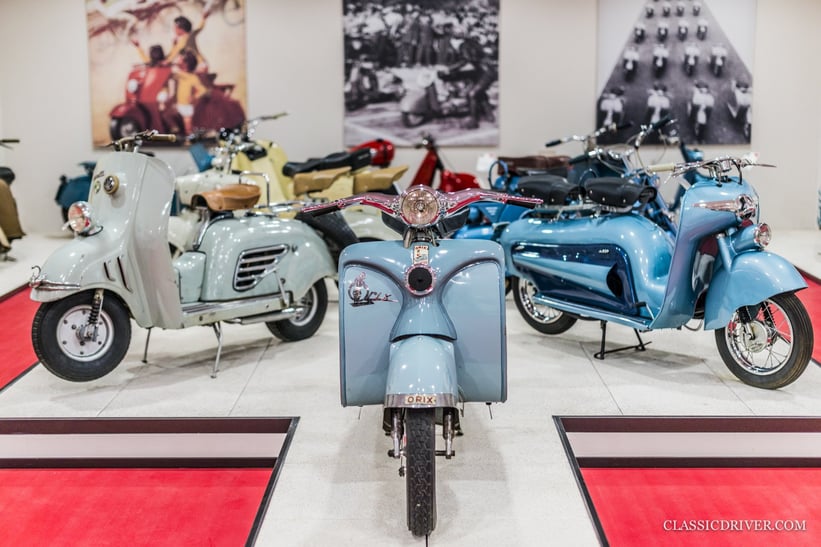
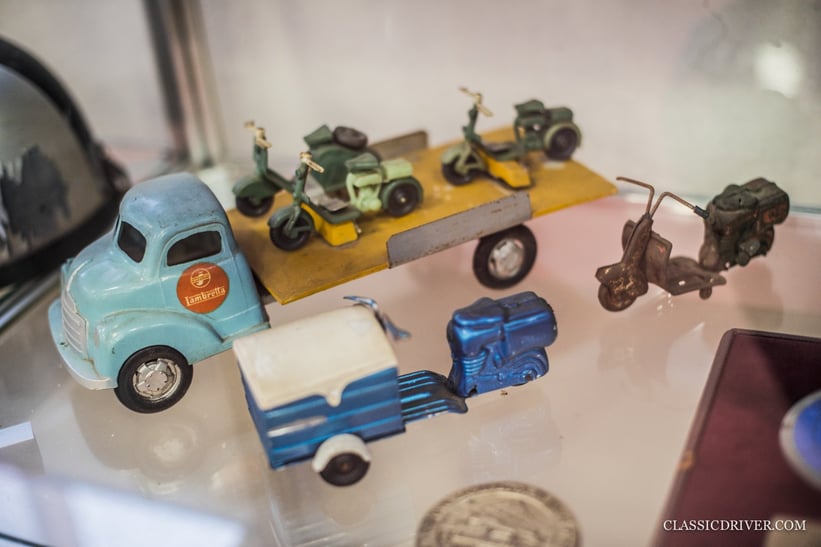
Tessera recalls buying a particularly rare German scooter, a Bastert, in Belgium in the mid-1990s. “The owner wanted a huge pile of money for it, around 20,000 euros in today’s currency, because he knew the significance of what he had. We were discussing the transaction at my house when he spotted an old San Pellegrino enamel sign on my wall and went crazy for it. I declined all his offers, and about a month later, he offered me six interesting scooters in exchange for this sign! It was total craziness.”
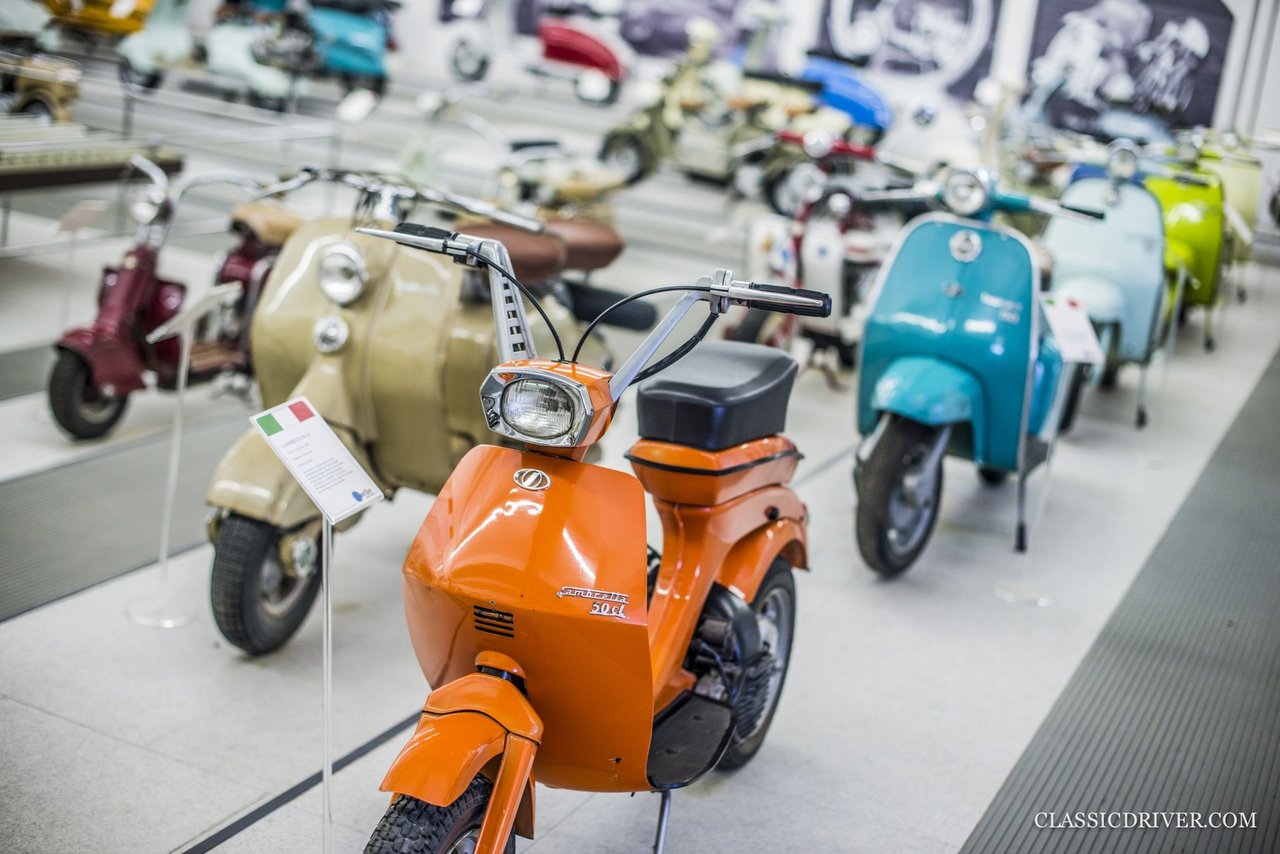
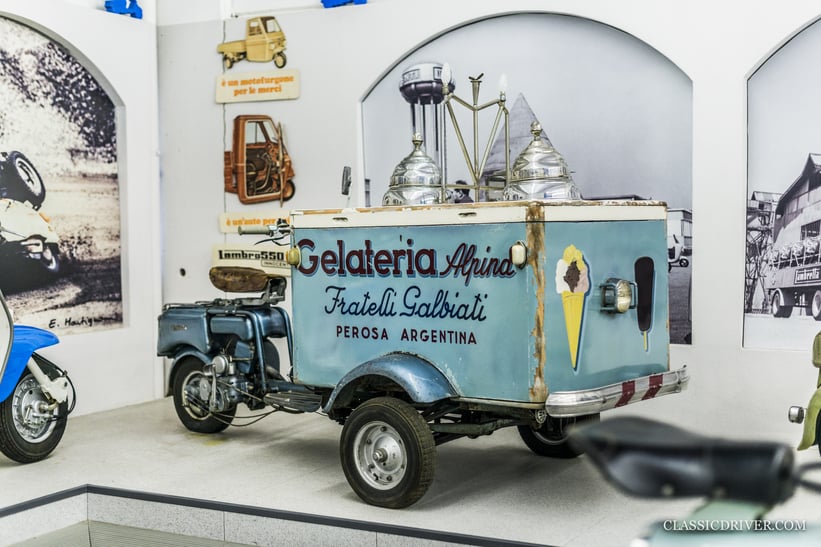
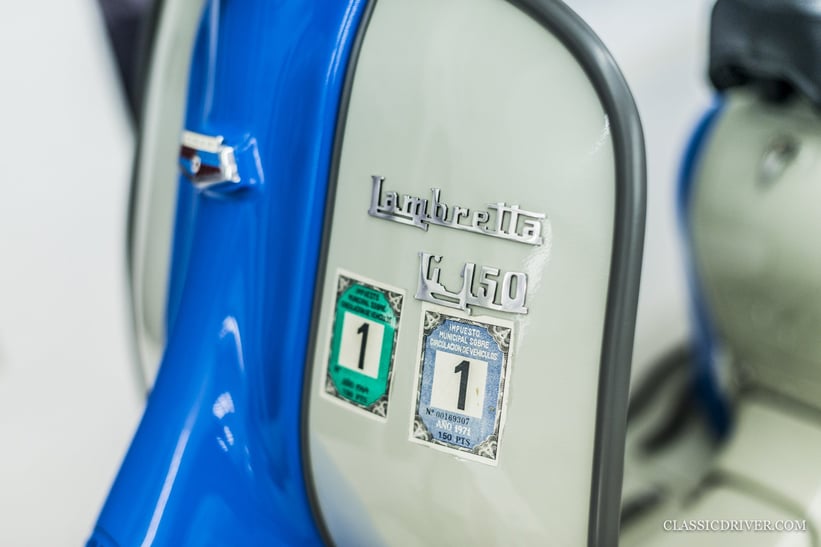
In 1985, the Innocenti family, the founders of Lambretta, recognised Tessera’s dedication and granted him access to the extensive company archives and donated several rare models to his then-private museum in Rodano, near Milan. But his affliction for this particular brand stemmed from a much more simple reason: “Lambretta was born in Milan and so was I. It was a natural interest because it was easier for me to discover the history, the bikes, and the men behind the company.”
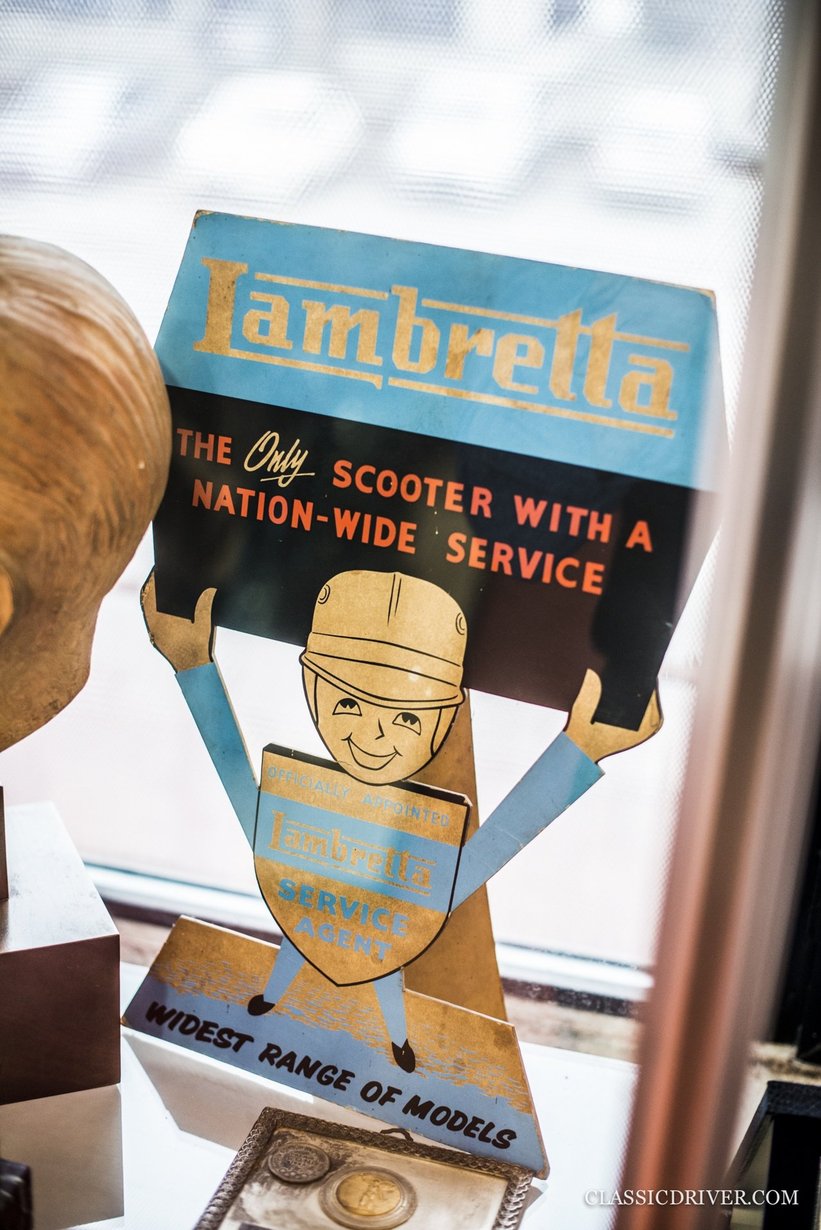
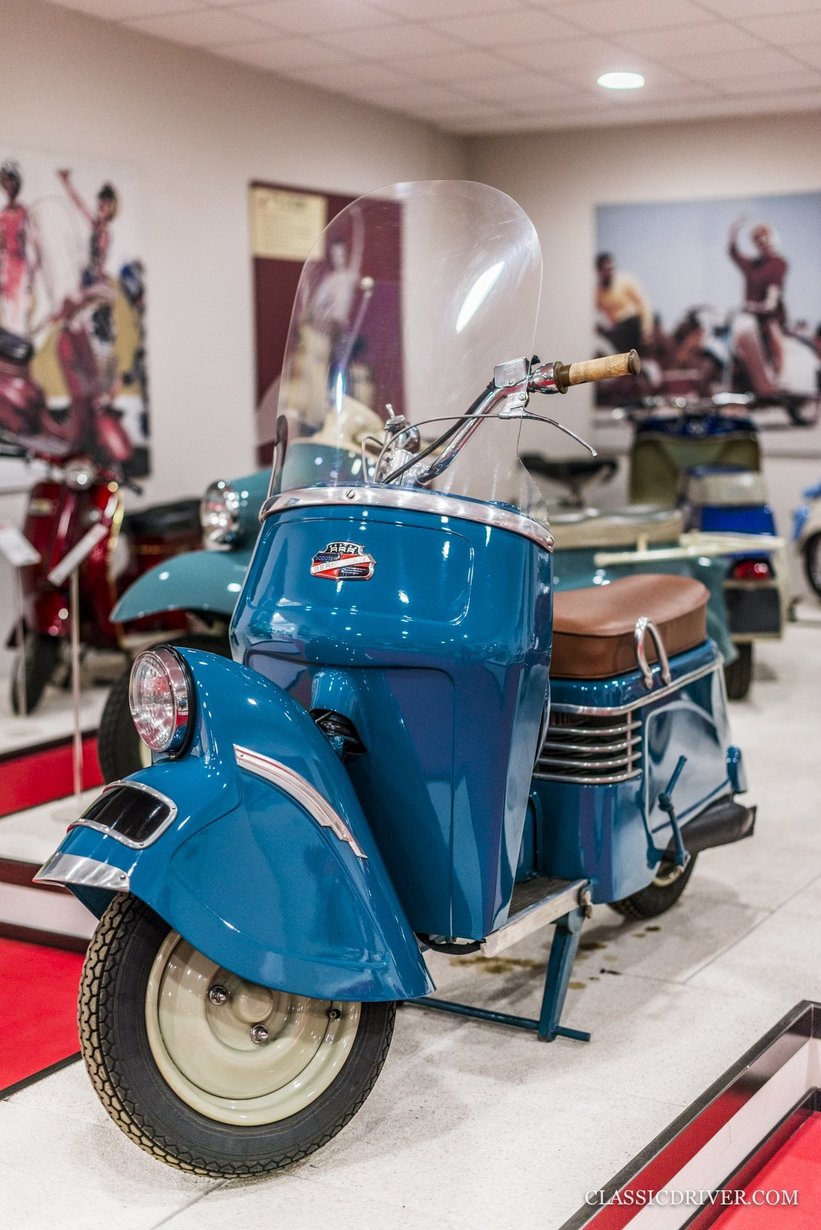
When it comes to Lambretta, Tessera never underestimates its historical and cultural impact. “I know that certain scooters are more rare or valuable than others, but to me, their real importance is what they achieved — I’m not sure if a one-off prototype built and forgotten is more important than a mass-produced model that fundamentally changed the way people travelled.”
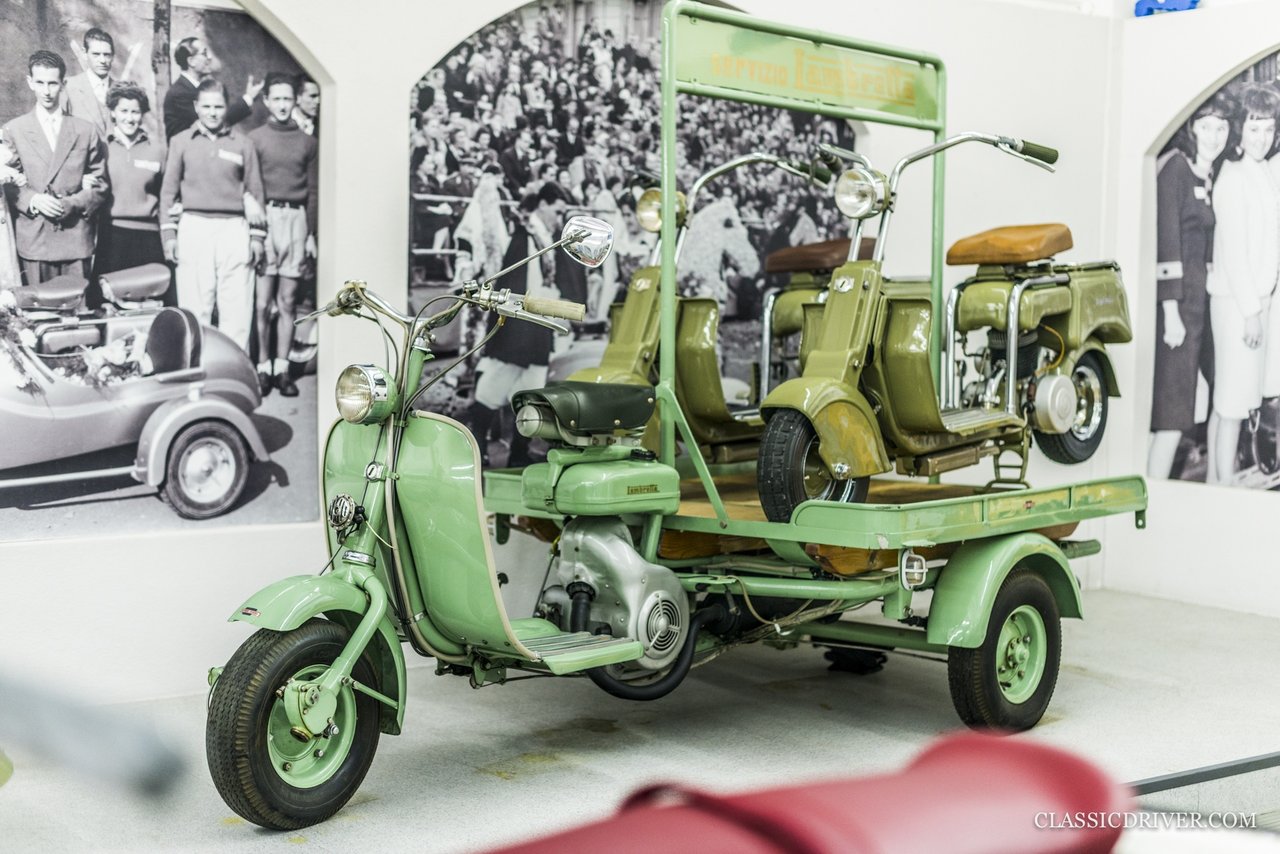
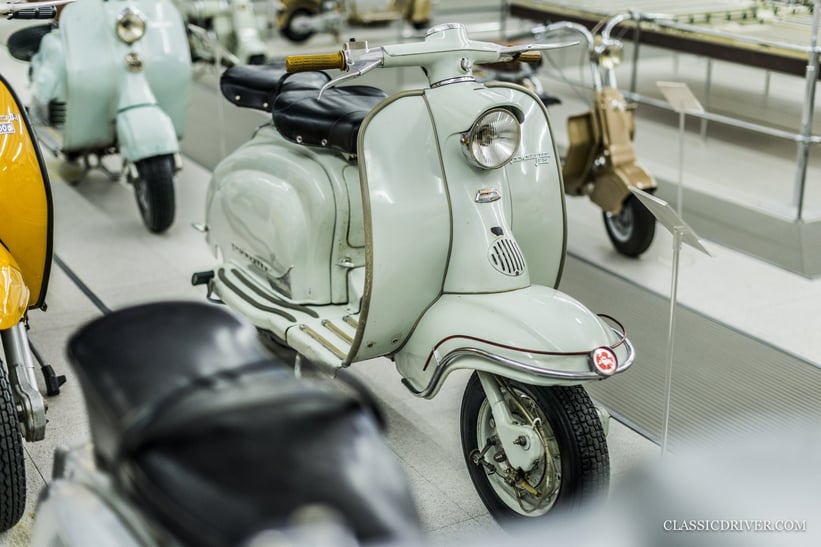
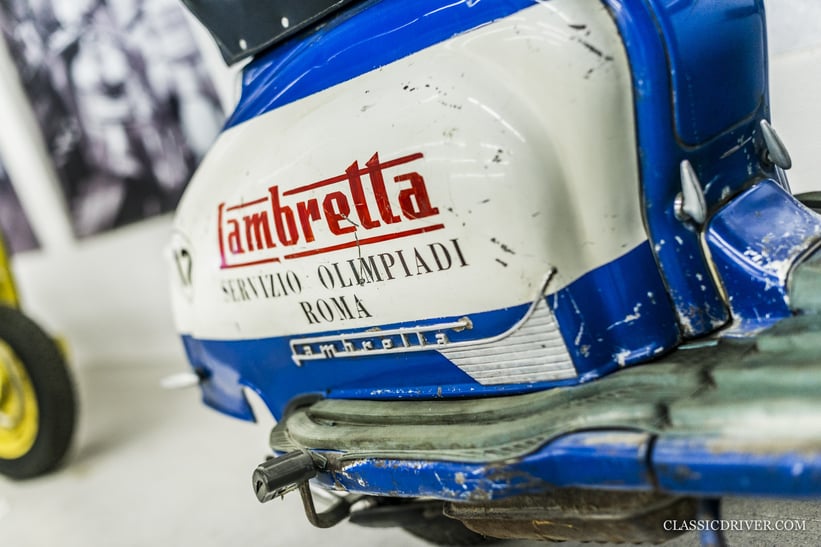
It wasn’t until 2001 that Tessera’s museum, the Museo Scooters e Lambretta, was officially formalised and added to the city’s design registry. The fabulous collection resides next door to the Casa Lambretta, Tessera’s dealership and repair shop that he still operates to this day. The entire project is a testament to one man’s relentless determination not to obtain as many old scooters as he could but rather the knowledge to carefully choose, locate, and ultimately buy the most special and rare bikes in scooter history. Of course, he’s always on the lookout for more. “A piece I’d love to have is the Marinella 125, built in Milan in 1947,” he comments. “Around two or three were built and never passed the prototype stage — nobody’s seen them since, and they most likely don’t exist. But if I’m lucky…”
Photos: Rémi Dargegen for Classic Driver © 2018





























































































